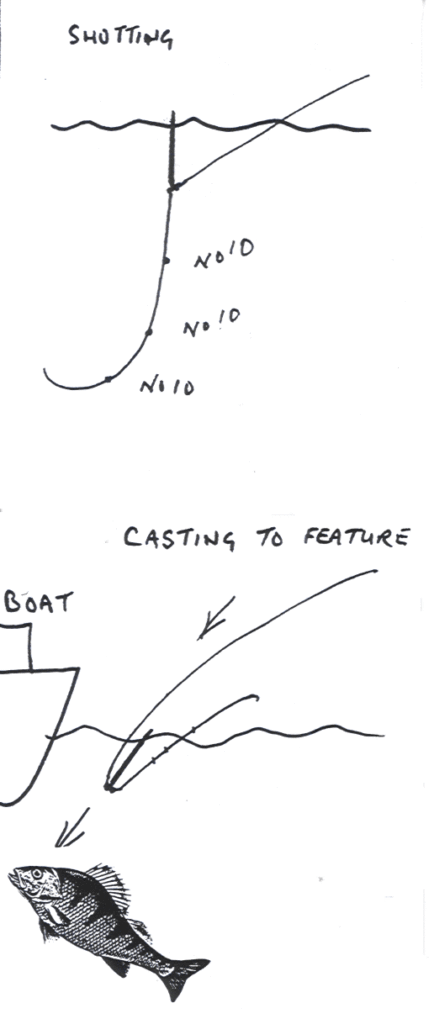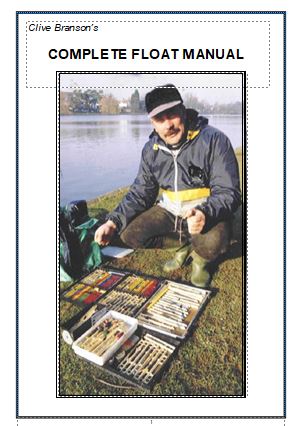
The dart waggler is a mini version of the loaded straight waggler These floats are usually used in conjunction with small venues, ie… small canals, small rivers, drains, or any closer work than the larger loaded peacock.
This float has been around since the days of the reverse crow quill, the innovation of these floats originate from the hard fished Lancashire canals, probably before the 1950s where anglers fished the far bank with bloodworm long before pole fishing become popular. It didn’t take long for anglers to realize that this float was quite exceptional, and most type of very light fishing could be done with this float Bread punch squatt and pinkie fishing became superlative with this method of float This float which was self cocking by way of a brass insert at its base, was probably the most sensitive float of its day, accounting for increased catches, it become very popular with anglers from all over the country.
Made from shaped balsa wood and a cane tip insert, it resembled a dart, with the loaded base it can be cast with ease accuracy and distance, for the size float. I have developed a range of sizes to meet various widths of canals, anglers should soon realized that this float could be used on more varieties of waters.
Balancing the float to only take a few dust shots, this float is ideal for shallow waters, and catching fish on the drop. To day this float is still widely accepted by anglers and most still carry them in the tackle box.
The shape of the body is elongated and tapered with a small cane tip insert 1/2”, loaded with a brass insert, can be used in conjunction with an eye or an adapter to hold the boat on the line.
Darts generally are about 6′. to 10” long. Casting the Dart is very simple and with only a few No 10 shots on the line it has fewer tendencies to tangle, under arm sideways, or overhead. Checking the float as it bits the water helps the shots to spread out, however if the float isn’t checked then the shots will follow the float into position which is ideal for getting close to obstacles on the far bank ie.. Boats, bushes, tins etc…
A little tip I use for sinking the line, place the tip of the rod under the water, and with a sharp but positive move, pull the rod upwards about a few inches this will sink the line quickly from you to the float and at the same time won’t pull the float to far to-wards you, allowing you to fish close to the object that you’ve cast. To be able to cast to the same feature opposite with out over casting which could cause a hazard of hooking the obstacle, I will measure out the cast first and then put the line behind the reel clip, or when I use my closed face reel, then a rubber band will secure it.
Catching close to a feature on the far bank can catch fish where otherwise you cant, as fish tend to hug under over-hanging features.


Now Available The Float Manual with over 167 pages of content
